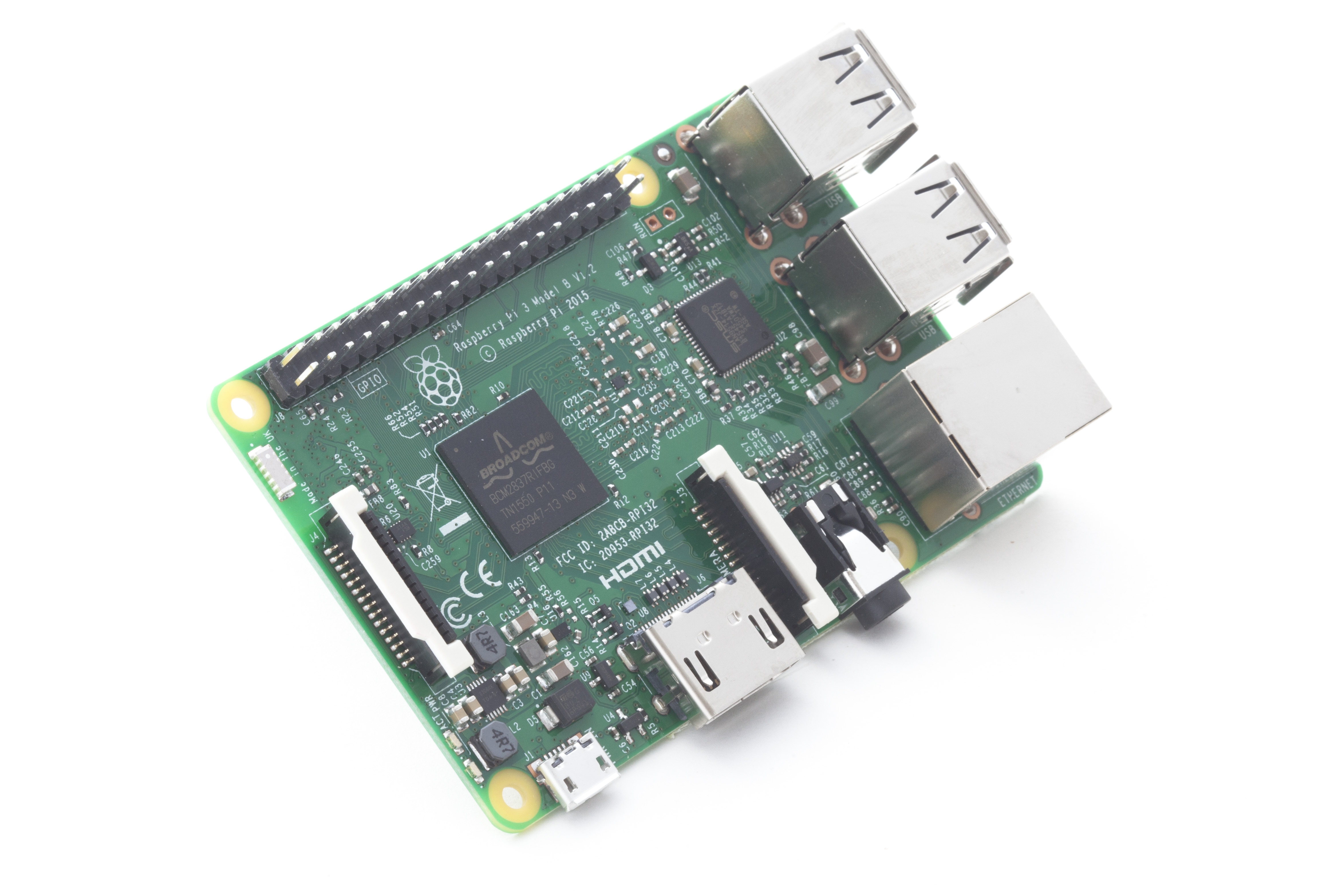There is a huge amount of hype related to the internet of things as we have already explored in a previous blog.
However in its current state the IoT market consists primarily of a myriad of proprietary solutions optimised for a given application; with these conditions it does not seem likely that IoT will deliver on the hype around it. If that situation changed and standardised radio interfaces were used along with general purpose hardware modules which could be purposed for application by software alone then the market could explode.
In order to make the internet of things realise its potential it is imperative that the creation of networks is both straight-forward and low cost.
The availability of wireless enabled computing elements such as the Raspberry Pi or ultra-low power elements such as the Nordic nRF52 promise to enable the creation of Internet of Things systems with very low cost and great configurability. However the reality of creating such systems is more complex than it might be.

Raspberry pi 3 with built-in wireless capability
Types of wireless compute elements
There are fundamentally two types of autonomous compute elements in IoT networks:
- Battery powered without frequent re-charging. The over-arching design objective is minimise energy and power consumption (to use primary cells or perhaps solar charging) which prevents the use of current WLAN technologies and drives a demand to minimise processing on-board. The relevant RF communications candidates for these devices are Bluetooth and ZigBee/Thread. Generally speaking these elements require an intermediate gateway to connect to the internet. These elements will be referred to as sensor nodes.
- Mains powered or battery with frequent re-charges. In this category ultra-low power is not a driver, RF link technologies such as standard Wi-Fi, proprietary (e.g. SigFox) or cellular are most appropriate to connect to the internet. Included in this category potentially are smart phones. These devices may either gather data themselves or else harvest it from the ultra-low power devices detailed above; in which case as well as possessing radio technology to connect to the internet, they must also contain radio technologies such as Bluetooth or ZigBee. These elements will be referred to as gateway nodes.
Connecting up
For a typical IoT application in addition to the elements detailed above the following are required:
- A wireless router or a cellular base station connected to the internet.
- A cloud application to aggregate, analyse and display data. In addition this application can also monitor and control the nodes in the network.
For this system to work in a ‘fully horizontal’ manner the interfaces between each element should be well defined and published and could therefore be connected like ‘lego’. However there are certain challenges which need to be overcome. The key questions which need to be initially addressed are:
- Choice of radio technology to connect the nodes.
- Choice of higher level communications protocol to gather/deliver information between the nodes and the internet based cloud application.
These two questions will be addressed in further blog posts appearing here.
